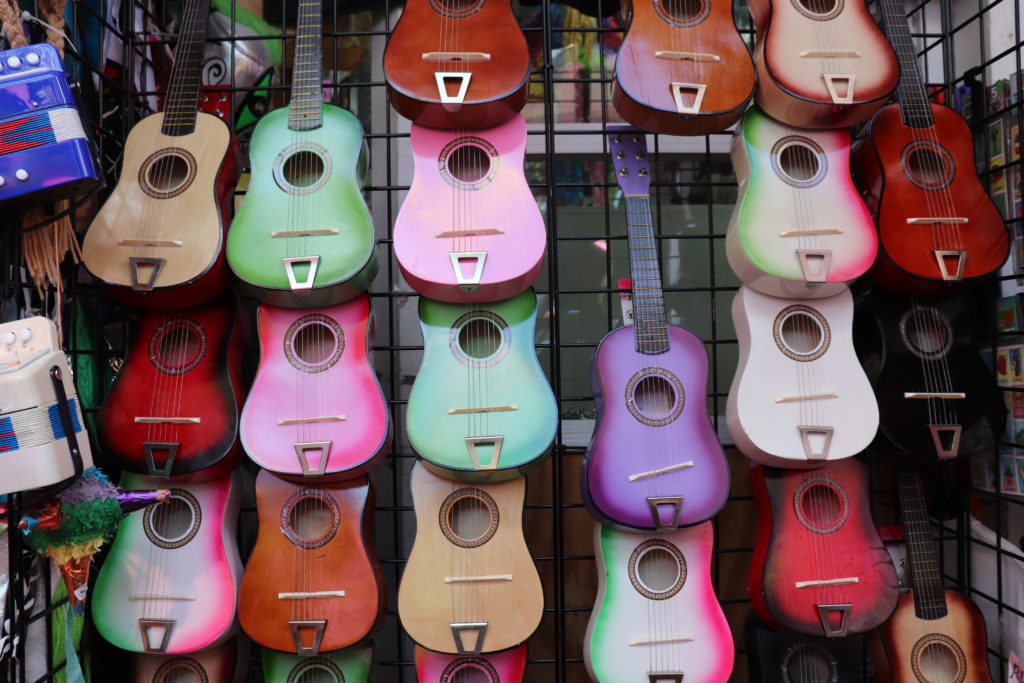Welcome to San Antonio, a city that combines heritage and a diverse identity

Robert. H. H. Hugman in 1929 envisioned a walkway trailing the San Antonio River to highlight the city’s heritage.
For years he lobbied for the city to build the project, until in 1941, the San Antonio River Walk was completed. Today the River Walk is one of the city’s defining characteristics and accomplished what Hugman hoped.
“You just go down a single flight of stairs and you are transported to a completely different environment in the middle of the city,” said Paula Schechter, the San Antonio River Walk Association marketing and public relations director.
As attendees flock to the 2019 Excellence in Journalism conference, they will find that the 15 mile long River Walk is one of the pinnacles of San Antonio life and brings together the city’s 300-year-old roots. But the city also embraces its changing identity.
Kristina Kelson, River Art Group president, said the city embraces its diversity.
As the seventh-largest city in the nation, nearly 1.5 million people live in San Antonio. About 200,000 residents were born in another country and 64 percent of the city’s population is Latino, according to the U.S. Census Bureau.
Although San Antonio is predominantly rooted in Mexican culture, other cultural contributions include German and African American. The city also embraces its Indian heritage by holding the annual Diwali San Antonio “Festival of Lights.”
“San Antonio culture, that is where the diversity comes in,” Kelson said. “At the River Walk, there are festivals during the year that represent all different cultures — there’s an Indian festival, a coffee festival, a beer festival and Fiesta. La Villita, where we’re located, was originally residences for the soldiers at the Alamo who were Indian, American-Indian, and Mexican.
“San Antonio is very diverse and welcoming to all different cultures.”
And it also embraces its history. Historic structures dot downtown and play an important part of San Antonio’s annual festivities.
For instance, at Historic Market Square are about 100 locally owned shops filled with Talavera pottery, handcrafted gifts, leather goods, and colorful “south of the border” clothing. The market was moved to its current location in the 1890s due to an influx of settlers who moved to San Antonio.
The Historic Market Square also serves as a prominent location for one of San Antonio’s biggest celebrations: Fiesta. It celebrates the city’s journey to independence with food and music. Fiesta honors the heroes of the Alamo and in the Battle of San Jacinto.
But the city isn’t stuck just in the past. Courtney Beauchamp, owner of The Tiny Finch, which she opened in 2013, describes the city as constantly growing.
“You get here and have to dig a little but then you realize how much there is here,” Beauchamp said. “It’s not the type of city that’s in your face.”
Abigail Rae Arredondo is completing her undergraduate degree at The University of Texas at Austin and will be graduating in December with an emphasis in broadcast journalism. She is part of the UT Austin student-run television news station, TSTV News, contributing to their talent and production team. Her professional experience includes a summer internship with KVUE News working on digital web content. Currently she interns with KXAN Studio 512. Reach her at abigailarredondo4@gmail.com and on Twitter at @abigailrae04.